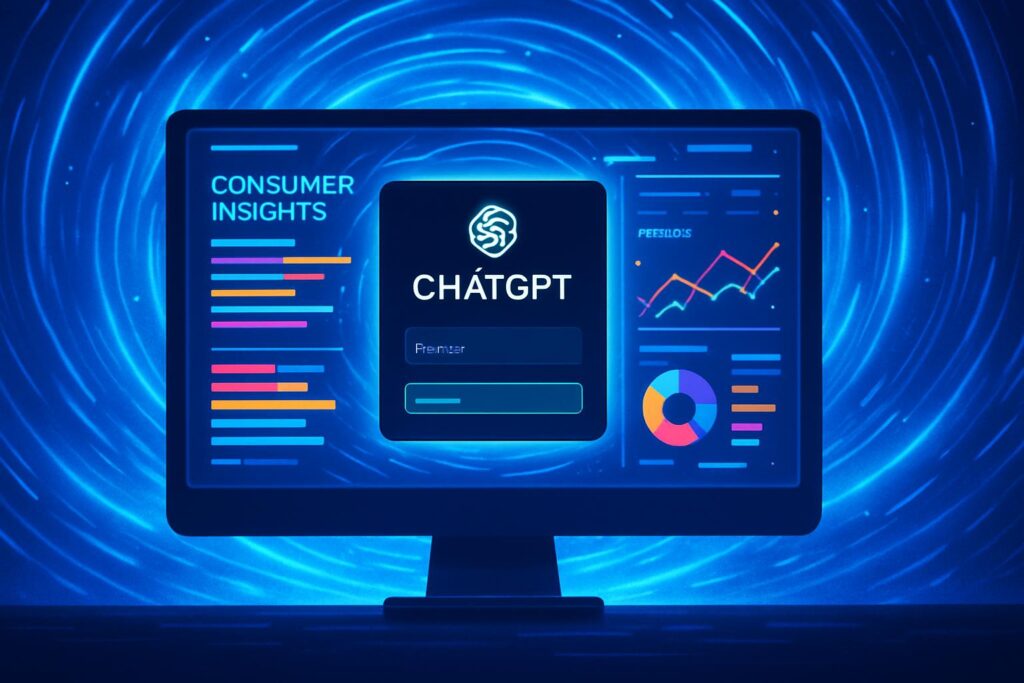Listen to the article
Since the AI disruption initiated by ChatGPT, brands like Hello Products are leveraging artificial intelligence not just for efficiency, but to deepen consumer understanding and enhance creative storytelling, blending technology with human intuition.
It has been nearly three years since OpenAI’s ChatGPT disrupted the advertising and media landscapes, marking the beginning of an AI-driven transformation across industries. Marketers today are harnessing artificial intelligence in various stages of campaign development, execution, and analysis. For the personal care brand Hello Products, owned by Colgate-Palmolive, AI functions primarily as an “amplifier” for marketing, according to CEO Diana Haussling.
Haussling describes AI as a powerful tool that accelerates work with greater precision, allowing the team to dedicate more time to strategic thinking and creativity. Hello’s marketing approach benefits not only from its own AI applications but also from broader AI initiatives implemented by its parent company, spanning from supply chain enhancements to product innovation. The brand employs a proprietary AI system capable of synthesizing data from hundreds of thousands of sources to identify unmet consumer needs—insights that may otherwise remain hidden. Haussling emphasises the challenge of staying close enough to uncover subtle consumer desires that can become “game-changing nuances,” blending emotional resonance with practical consumer engagement.
This analytical precision is coupled with a strong creative element. Agencies such as Interpublic Group’s FCB utilise AI to bring creatives closer to the core ideas behind campaigns, speeding up workflows and delivering results quickly. FCB Global Chief Creative Officer Andrés Ordóñez highlights that AI without creativity is merely an empty prompt; it is the creative application that unlocks AI’s true potential. Meanwhile, Acxiom, an arm of IPG’s data-focused Kinesso, integrates AI deeply into its processes, fostering close collaboration between data and creative teams—a relationship once more distant —to drive enhanced campaign outcomes.
Real-world applications of AI are increasingly clear. Hello uses AI to create animatics, streamlining what is traditionally an expensive and unwieldy process, thereby helping to refine creative ideas faster and tailor campaigns to diverse audiences. This is crucial in communicating effectively across generational divides, particularly the distinct language nuances of Gen Alpha, which includes contemporary digital slang and memes. Similarly, FCB employs AI to generate synthetic audiences of thousands, providing a scalable and potentially more reliable alternative to conventional focus groups of a few individuals.
Acxiom’s AI Console is another example of practical AI deployment, enabling employees worldwide to use advanced AI models for tasks ranging from drafting press releases to media plan validation and content creation. Their innovative system includes AI agents representing various agency functions like planning, buying, and creative, with “reflector” agents cross-checking work to increase accuracy. One campaign with a major sports league saw a 23% uplift in performance when using AI-refined audience personas compared to non-AI generated creatives. Jarrod Martin, CEO of Acxiom and Kinesso, voices a desire to emphasise AI’s role in boosting effectiveness and incremental gains, beyond just efficiency improvements.
Despite these advances, Haussling stresses that marketing will continue to require a blend of human intuition and critical thinking alongside AI’s capabilities. Marketers must balance data-driven insights with experience and cultural knowledge to navigate the speed of cultural shifts. With AI models becoming ubiquitous, brands face the challenge of differentiating themselves not just through technology, but through genuine human engagement and unique brand understanding.
“There is unlikely to be one AI-powered marketing playbook that applies to every brand,” Haussling notes, underscoring the importance of context-specific strategies. She also points to an emerging consumer desire for authentic human interaction, suggesting that successful brands will need to blend AI-driven efficiency with real, live human experiences rather than relying solely on artificial intelligence.
As ChatGPT and other generative AI tools evolve, their integration into marketing and advertising continues to expand rapidly. According to industry analysis, AI is revolutionising pay-per-click advertising by offering new ways to gain insights and optimise campaigns via advanced data analysis and real-time plugin connectivity. However, the journey is nuanced, including challenges related to maintaining user trust and monetising AI platforms without compromising their value.
In this evolving landscape, Hello Products’ approach exemplifies how brands can amplify their marketing efforts with AI while keeping the uniquely human elements of brand storytelling and consumer connection at the forefront.
📌 Reference Map:
Source: Noah Wire Services



